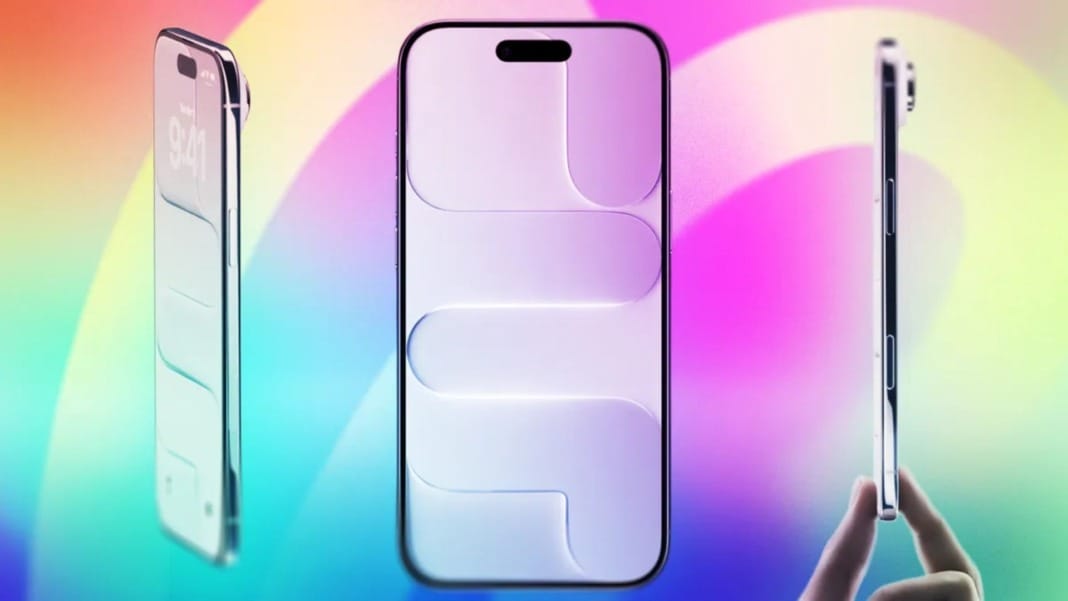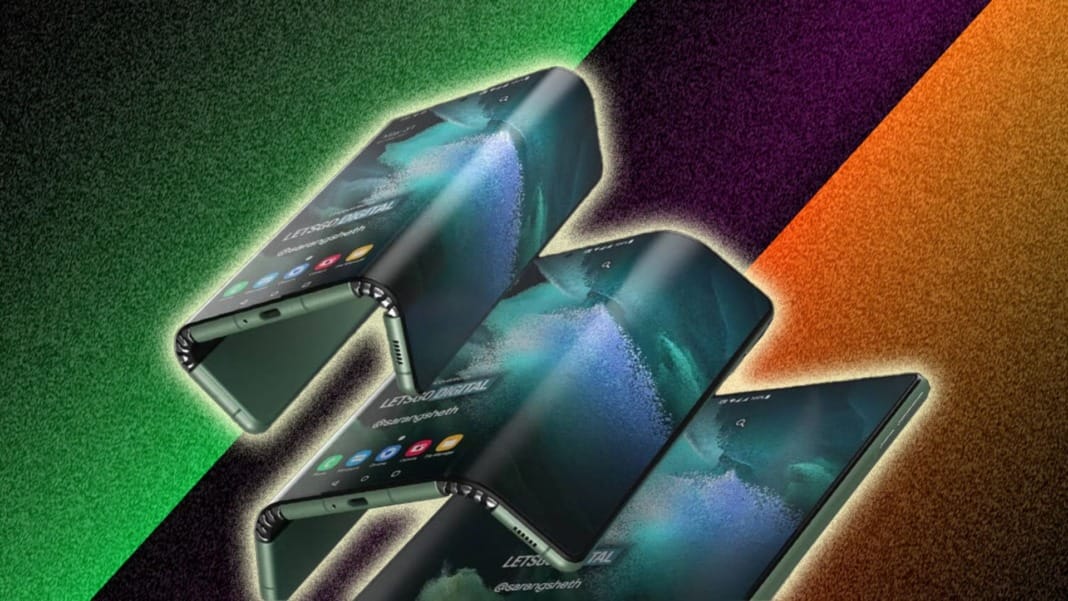Apple has introduced the iPhone Air, the slimmest iPhone the company has ever created, at its Awe Dropping event. The new model joins the iPhone 17, iPhone 17 Pro and iPhone 17 Pro Max, marking a fresh addition to the line-up. At just 5.6mm, the iPhone Air is thinner than the already slim M4 iPad Pro, making it a standout in Apple’s smartphone range.
A sleek design built for durability
The iPhone Air achieves its slim profile through precise engineering. Apple explained that it milled the interior to accommodate the necessary hardware while using recycled titanium for the frame. The front and back are made with a new glass formulation, which the company says is three times more resistant to scratches compared to earlier models.
The phone is available in four finishes: Sky Blue, Light Gold, Cloud White and Space Black. Its design is described by Apple as the “most durable” to date, with a ceramic shield that strengthens the titanium frame on both sides.
Powerful hardware with a focus on AI
Inside, the iPhone Air is powered by Apple’s latest A19 Pro chip, which the company has called the fastest CPU currently available on a smartphone. A 5-core GPU is integrated with neural accelerators in each core, enabling MacBook Pro-level performance for artificial intelligence tasks.
Connectivity is handled by Apple’s new C1x modem, which is twice as fast as its predecessor, the C1. The device also features Apple’s new N1 chip architecture, offering support for Wi-Fi 7, Bluetooth 6 and Thread. These enhancements are designed to improve wireless functions such as Personal Hotspot and AirDrop.
The iPhone Air comes with a 6.5-inch ProMotion display, offering refresh rates of up to 120Hz and peak brightness of 3,000 nits. This is paired with the reinforced ceramic shield and titanium body, combining strength with high performance visuals.
A new approach to photography
One of the most noticeable changes lies in the camera design. Instead of the triangular camera arrangement seen on Apple’s Pro models, the iPhone Air includes a single 48MP Fusion camera housed within a horizontal bar. This combines main and telephoto functions into one sensor, while leaving out an ultrawide lens. Apple is relying on computational photography to deliver strong results, particularly in low-light conditions.
The front camera introduces the new Centre Stage feature, which is also present on the iPhone 17 and 17 Pro. This function keeps users centred during video calls and even allows simultaneous shooting with both front and rear cameras.
As with Apple’s recent releases, the iPhone Air does not include a SIM tray and is eSIM-only worldwide. The company promises “all-day” usage, with up to 40 hours of video playback. Battery efficiency is supported by iOS 26, while a new low-profile MagSafe battery pack can extend use to around 40 hours.
Pre-orders for the iPhone Air begin on 12 September, with general availability from 19 September. Prices start at S$1,599 for the 256GB model.
The device will be released alongside the iPhone 17 range, marking a major expansion of Apple’s smartphone line-up this year.





